Size Chart

Length unit:
Sizes may vary up to 1
HPSL: High Point Shoulder Length
BW: Bust Width (width of shirt measured 1" below armhole)
Couldn't load pickup availability
Developed by Nikola Tesla and George Westinghouse as an alternative to Thomas Edison’s direct current (DC), alternative current (AC) is when a flow of charges repeatedly reverses direction, often many times per second.
An electric current is a constant flow of electrons that we use to power equipment and devices. In light bulbs, for example, the electrons are passed to a material or medium that offers some resistance to the charge, causing it to heat up and glow.
Both AC and DC can power our lives, but AC is the type or current we mostly rely on.
Championed by Edison, DC was the dominant form of current until Tesla, a former Edison protégé, and Westinghouse began a serious push for AC adoption. Sensing a threat to his highly-lucrative DC-based power business, Edison started a campaign to smear AC. He distributed propaganda proclaiming that AC was more hazardous, and even staged public electrocutions of animals using the competing form of current to show people they would be bringing something deadly into their homes.
Despite Edison’s best efforts, AC adoption became a foregone conclusion when Westinghouse and Tesla put a city-illuminating AC power plant at the bottom of Niagara Falls.
In the standard way of generating AC power, a loop of wire is rotated within a magnetic field. The wire loop can be rotated, and therefore power generated, by a number of means: a wind, steam, water, etc. This rotation creates a current along the wire.
As the wire spins, it periodically enters and exits both a north and a south magnetic polarity. This causes the voltage and current to go back and forth on the wire, like water flowing back and forth in loop of connected pipes.
An electrical current can be measured with a device called an oscilloscope. When the device is used to measure an alternating current, it shows a waveform that represents the voltage of a current over time. So, for instance, the voltage on an alternative current might oscillate between 170 and -170 volts.
The cycle of current switching directions is known as frequency and it is measured in Hertz (Hz). Currents that cycle more frequently during a particular time period, like cycles per second, are said to have a greater frequency. AC power cycles 60 times per second in the US.
The AC we used everyday appears as a curvy sine wave in an oscilloscope. However, this isn’t the only type of wave. Some digital devices might use a square waveform and some audio equipment generated a triangle waveform.
It's less expensive and easier to make devices for AC power. It is cheaper because you can boost and lower AC current very readily. Possibly the biggest benefit of AC is the ability to use high voltages with small currents to minimize power loss that occurs when power is transmitted over long distances.
DC has been used to send power, but until some more recent advancements, DC power transmission was known to lose a great deal of energy. Traditionally, more effort has had to be put into sending DC power over long distances.
DC is still very much a part of our lives. Many devices like personal computers run on DC and these must have an adapter between the device and a wall socket or other source of AC power in order to function.
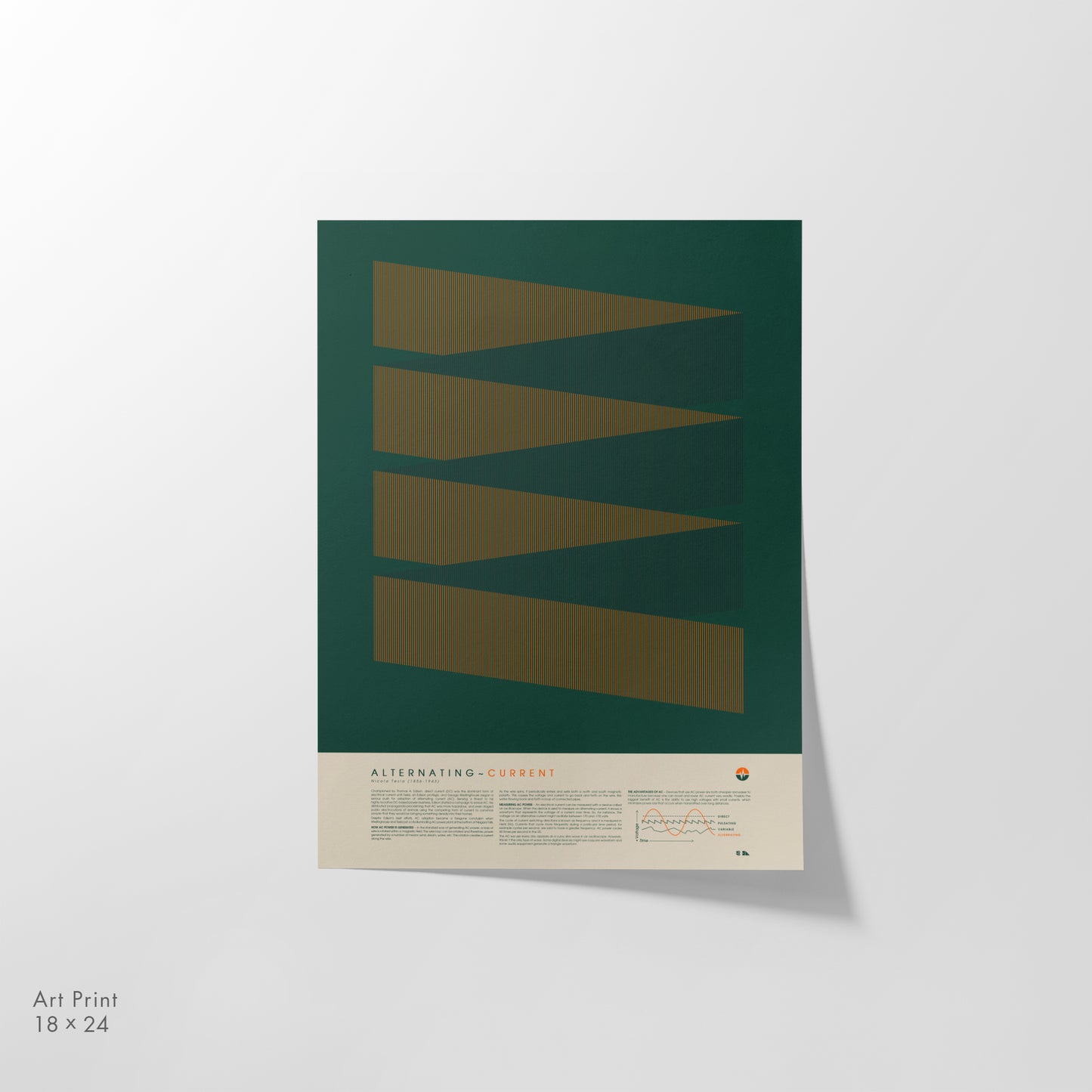
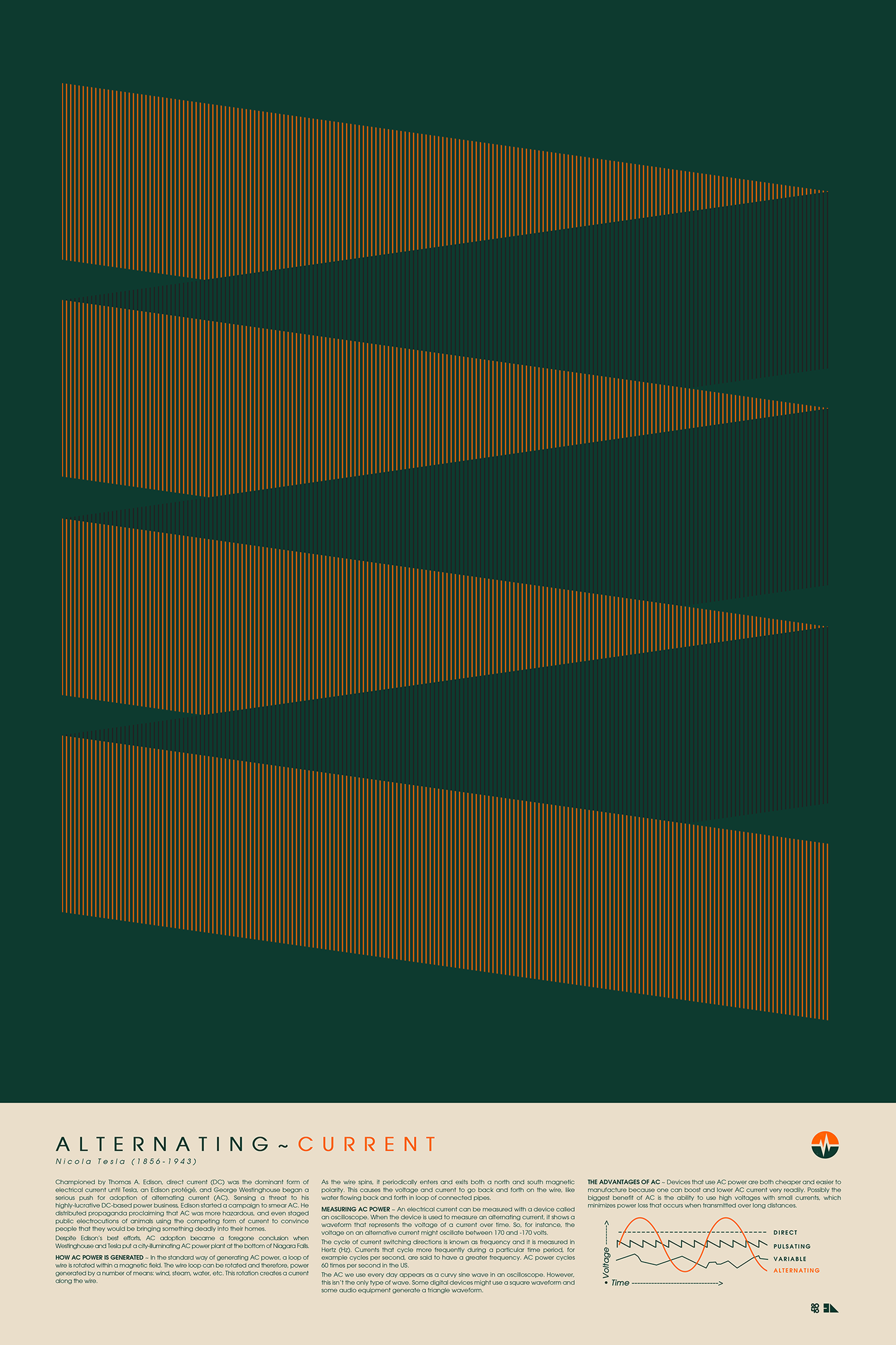
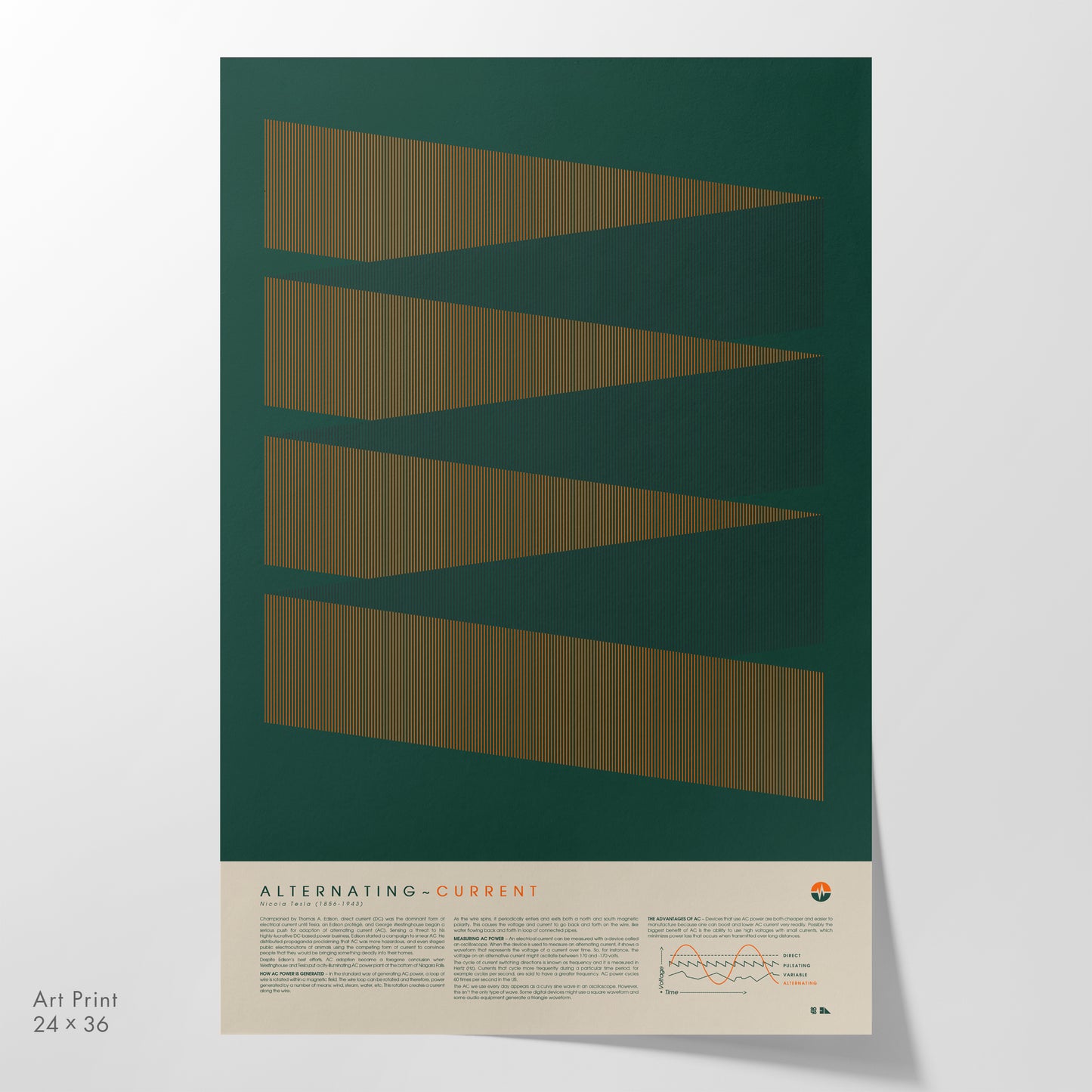
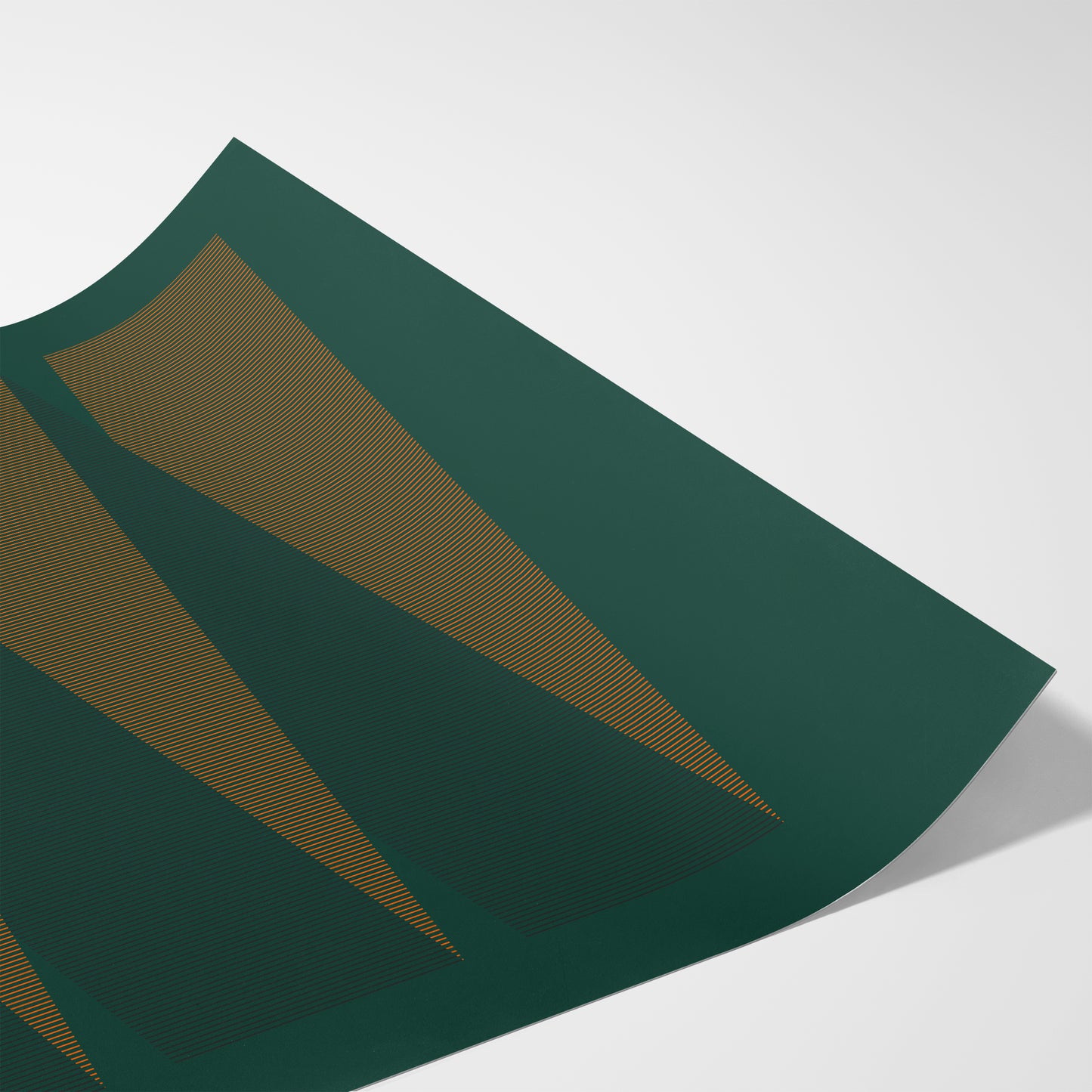
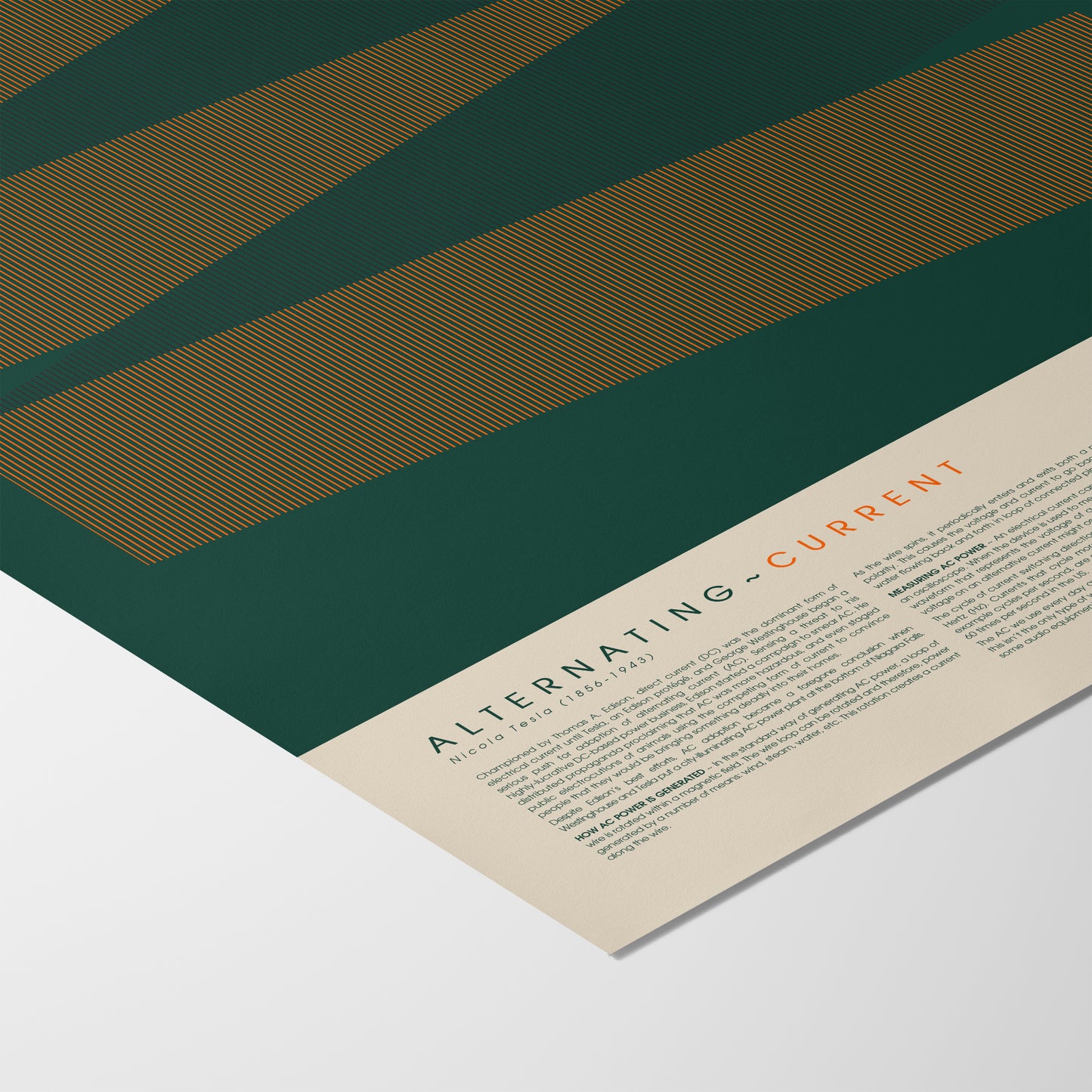
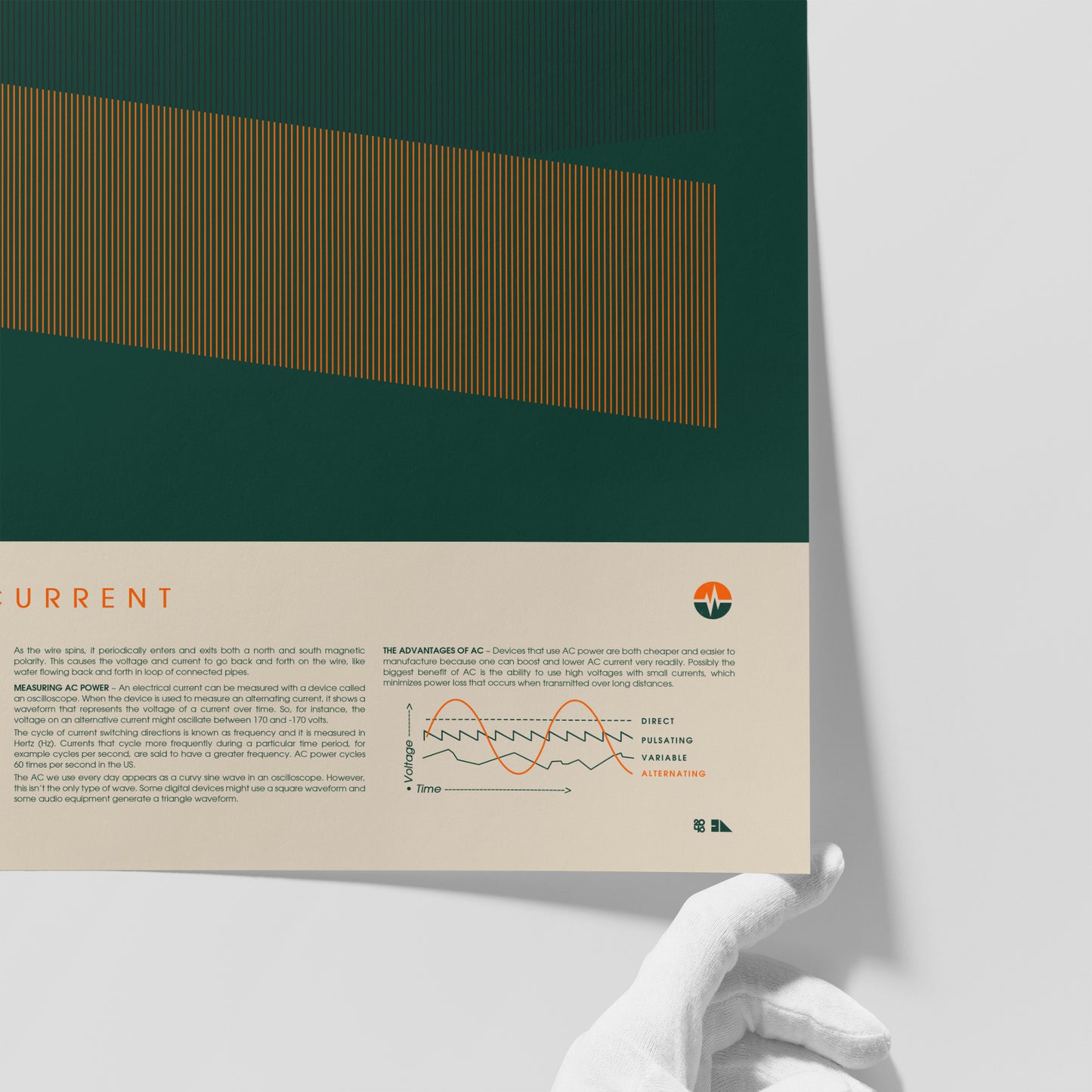

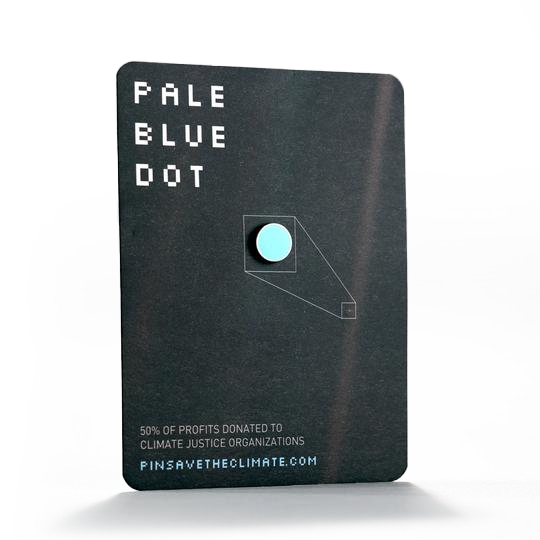
Join us in making sure that everyone (friends, colleagues, family, and perfect strangers) is working to build public support and political will for the big solutions needed to address climate justice.
Pin Save the Climate donates 50% of profits to climate justice organizations.